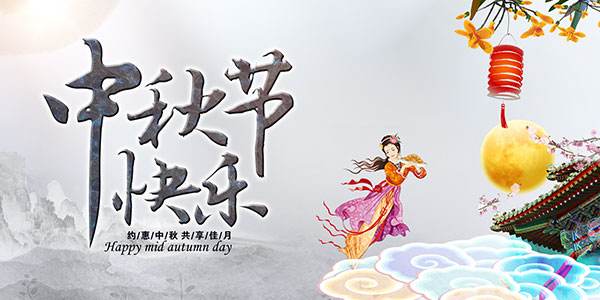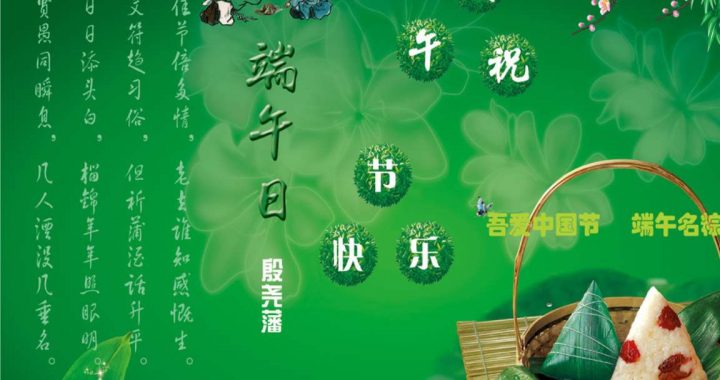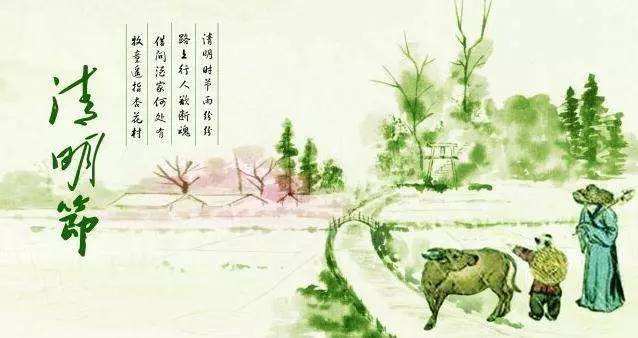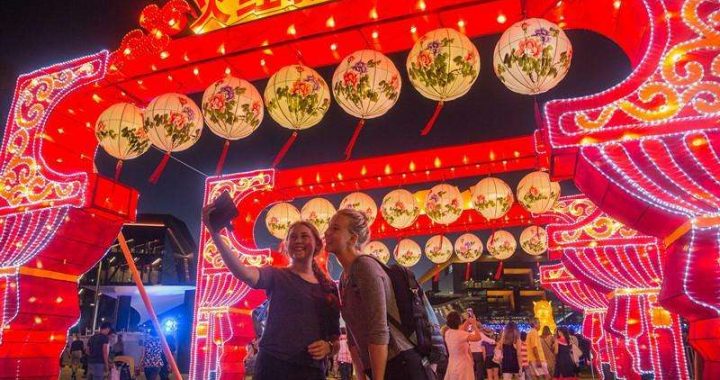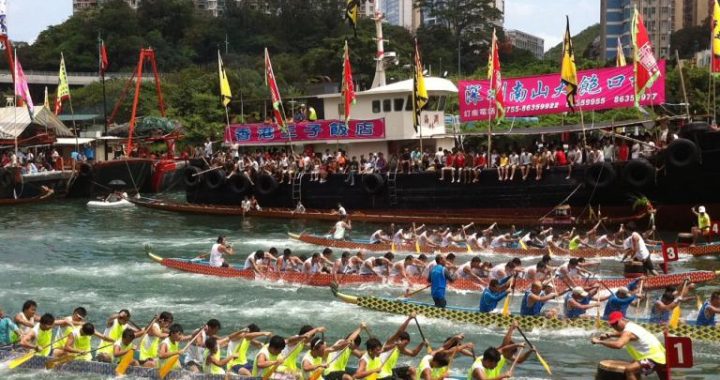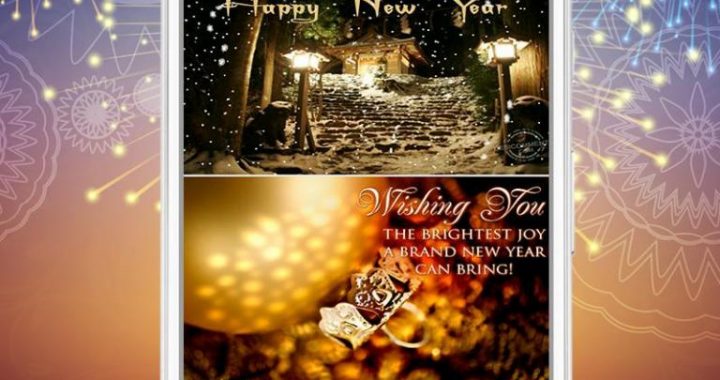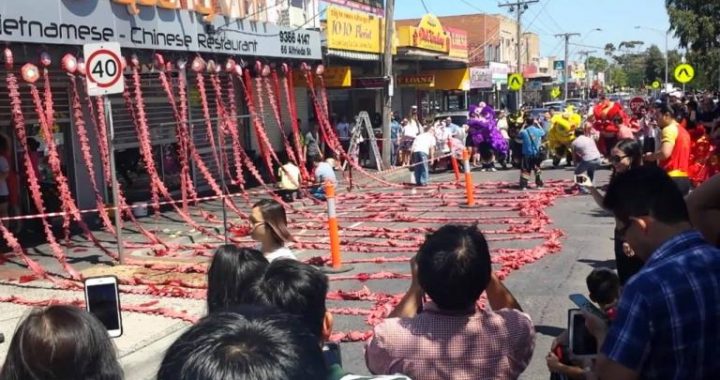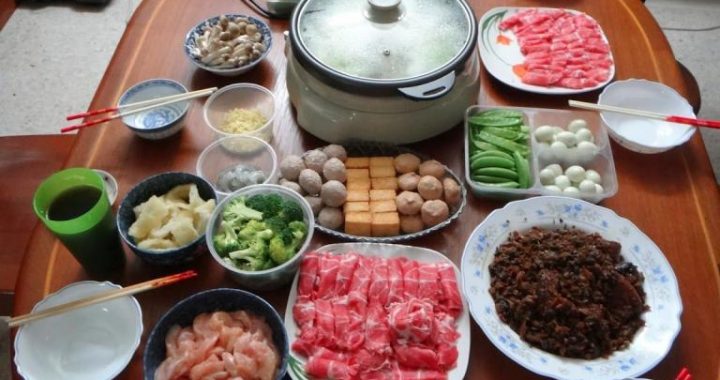Origins of Festivals in China
7 min readThe traditional Chinese character for festival contains the character component forbamboo and is classified into the category of the character component for bamboo in Origin of Chinese Characters. Beginning from tender sprouts, bamboos grow one joint every time the shell falls off. Our ancestors described segmenting according to certainregular patterns with the bamboo growth pattern of pushing out the old, bringing in the new and growing higher joint by joint, hence the Chinese character for festival. The rhythm of regular segmenting of bamboo joints is also extended to instrumental music, rites, morals and philosophy -for example, according to Near Correctness-Explanations on Music,”harmonious music is called festival”and in The Book of Changes, there is a special section on “Festival Diagram.”The meaning of the Chinese character for festival shows that festivals are intervals set by the Chinese people in the time system.
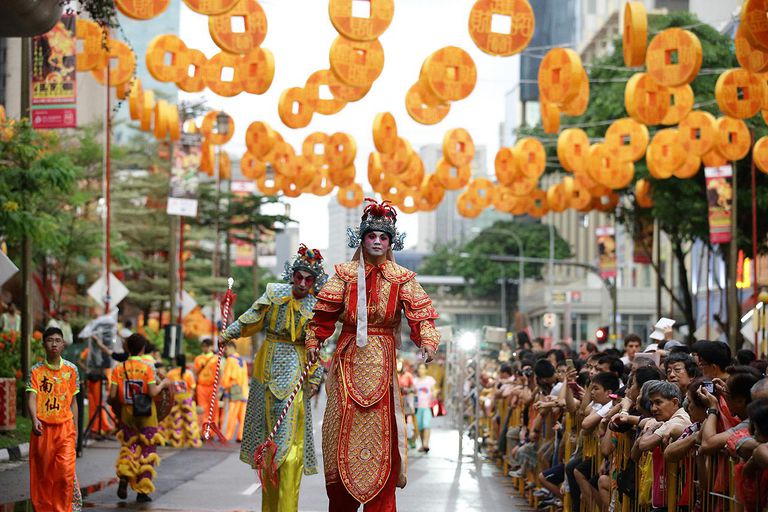
Such intervals are not set randomly. First of all, they are based on China’s system of seasons. Ancient Chinese people divided time according to the rules of natural changes, added cultural marks, and gradually refined a time system for guiding production and life-seasons. In the Han Dynasty (206 BC-220 AD), China formed a complete system of four seasons, eight periods and 24 solar terms: one year includes four seasons and eight periods and each period is divided into three solar terms. The four seasons are spring, summer, autumn and winter, and the points marking the eight periods are the summer solstice when daytime is the longest, the winter solstice when daytime is the shortest, the spring equinox and autumnal equinox when daytime and nighttime are the same, the beginning of spring when the weather gets warm, the beginning of summer when the weather gets hot, the beginning of winter when the weather gets cold and the beginning of autumn when the weather gets cool.1The 24 solar terms are remembered by people in the forms of ballads and proverbs.
In ancient times,China relied on this time system of seasons to coordinate the relationships between people and nature and between people and society.Of course,this time system was not only a time marking system,but also a means to realize divine rights,ritual rights and political rights.Through arrangements for”instruction on the calendar”such as calendar promulgation and sacrificial ceremonies,rulers ruled,controlled and guided people’s life in all seasons.Seasonal festivals gradually took shape in such imitation of superiors by inferiors-for example,on the day of the beginning of spring,the emperor should personally lead various officials to the suburbs of the capital for the arrival of”spring gods”(God of Grain and Spring Ox).This custom was implemented as an official rite throughout China from the Warring States Period(475-221 BC)to the Qing Dynasty(1616-1911).Now,there are still folk customs of”welcoming spring”and”whipping the spring ox “in China.Though according to documents,there were sacrificial ceremonies and content arrangements for these solar terms in the past,it should be noted that not all solar terms developed what later generations called festivals.Today,solar terms that we still take as festivals include Pure Brightness and Winter Solstice.
It is generally thought that in the period of the Wei and Han dynasties, with the change in social, political, economic and cultural conditions, traditional seasonal sacrifices gradually shifted towards mundane seasonal festivals and changed from domination by the ruling class with divine rights and political rights to spontaneous recognition and acceptance by the civil society, and the system of seasonal festivals that has influenced China for 2,000 years was basically formed.2what cannot be ignored is that apart from the system of four seasons, eight periods and 24 solar terms, some Chinese minority ethnic groups have their own calendars. Though their festivals are influenced by the calendar for the Han people mainly, they are still closely related to their own calendar systems. Tibetan festivals are determined according to the Tibetan calendar. The Shui ethnic group inhabiting the southwest of China has the Shui calendar, and two important festivals of the Shuiethnic group-the Duan Festival and Mao Festival-are both determined according to the Shui calendar.
We can say that festivals emerged from the system of seasons,but the emergence and development of many festivals in later ages deviated from the system of seasons.Even ifmany festivals originated from the system of seasons,they also kept looking for support by other forces in later development,increasing,revising or replacing cultural explanations on festivals’origins and development and festivals’content formation and changes.The natural rhythm became a cultural rhythm and a social rhythm.
One prominent phenomenon is that historical and regional myths and legends havebecome the most common explanations on the origins of festivals.The Dragon Boat Festival was originally related to ancient people’s concept of”Evil May”when spring turned into summer and diseases prevailed,but was gradually associated with commemorating and reminiscing about Qu Yuan in later ages(it was also associated with Wu Zixu and Jie Zitui in some areas).Dragon boat races also evolved into dispersing fish in the river to prevent them from eating Qu Yuan’s body at the bottom of the Miluo River.The legend about Gou Ya who subdued an evil dragon still circulates in the Miao ethnic group in Guizhou’s Qingshui River Basin,and dragon boat races are held to pray for favorable weather and bumper grain harvests.Such diversified explanations are closely related to the historical and cultural traditions of the region and group of people as well as the local natural ecology,and have abundant local characteristics.Of course,with the influence of modern education and mass media,the saying that sacrifices are offered to Qu Yuan on the Dragon Boat Festival are more and more prevalent.

Religious and sacred narrations are another important source of festivals.Ten Chinese ethnic groups believe in Islam,and most of these ethnic groups’festivals originated from the Islamic calendar and The Quran.Eid al-Fitr is the 1St day of the 10th month of the Islamic calendar.According to Islamic law,the ninth month of the Islamic calendar isRamadan every year,and all healthy adult Muslims shall fast the whole month-eating,drinking,sexual intercourse,etc.are prohibited from sunrise to sunset every day.After theend of fasting,to celebrate the satisfactory completion of one month of fasting,people goto mosques to attend meeting ceremonies.Eid al-Adha,also called Feast of the Sacrifice,is the 1oth day of the 12th month of the Islamic calendar,commemorating Abraham and his son’s spirit of sacrificing themselves for Allah. The th day of the 4th lunar month is the Buddha’s Birthday Festival, which originated from Buddhism for commemorating the birth of Sakyamuni. The Shoton Festival is closely related to Tibetan Buddhism, commencing with a Buddha show. In local societies, temple fair festivals originated in certain folk beliefs and formed by sacrifice offering for certain regional gods are more widespread.
Mazu is an example. In the circle of Mazu believers with China’s southeastern coastal area as the center encompassing East Asian oceanic areas(Ryukyu, Japan, South Korea and Southeast Asia), there are more than 1,000 Mazu temples of different sizes.
The Double Seventh Festival has to do with people’s astronomical knowledge. This is a stone relief of the Eastern Han Dynasty collected by the Nanvang Museum of Han Dynasty Stone Carving in Henan At the right eITWHaWYIOOOUINY OE ONYONS WWSCHIIIOWYHOOYOLUIEHOIYUS WUJIOIL· OLIE IIO side, the boy turning back his head, holding a whip and leading a cow is the Cowherd. Three linked stars of the Cowherd Constellation are carved above the Cowherd. Four linked stars in the shape of a house are in the lower left corner. The woman kneeling in it should be the Weaver Girl.
The emergence of some festivals is related to some major political events and socialevents. The festival created to commemorate the important moment of the founding of a modern nation and country,i.e. the National Day, is a typical example. The “International Workers’ Day”was confirmed in July 1889 at the congress of the Second International under Engels’ leadership held in Paris as a festival for all working people in the world. In December 1949, China designated May 1 as the statutory Labor Day. The Westward Movement Festival of Xibe people, created to commemorate Xibe people’s westward movement for frontier defense in the Qing Dynasty, is celebrated on the 18th day of the 4th lunar month every year to cherish the memory of close relatives and commemorate their ancestors’ outstanding achievement in frontier defense.
The origin of festival diversification is not strange. The course of man’s survival and development is a course of people’s constant self-adjustment as well as adjustment of interpersonal relationships and relationships between people and society, between people and the state and between people and nature. Whether they emerged because of certain physical geographic, religious, political or economic factors, festivals as cultural creations can all be deemed as products of such adjustment.”Pioneers of civilization in these important fields created the basic structure of the whole world they lived in, and fostered an overall atmosphere of blessing the active chosen attitude towards life,”3 while researchers pay more attention to looking for traces of festivals’ origins from documentsand cultural relics, ordinary people are more concerned about how to celebrate festivals.

